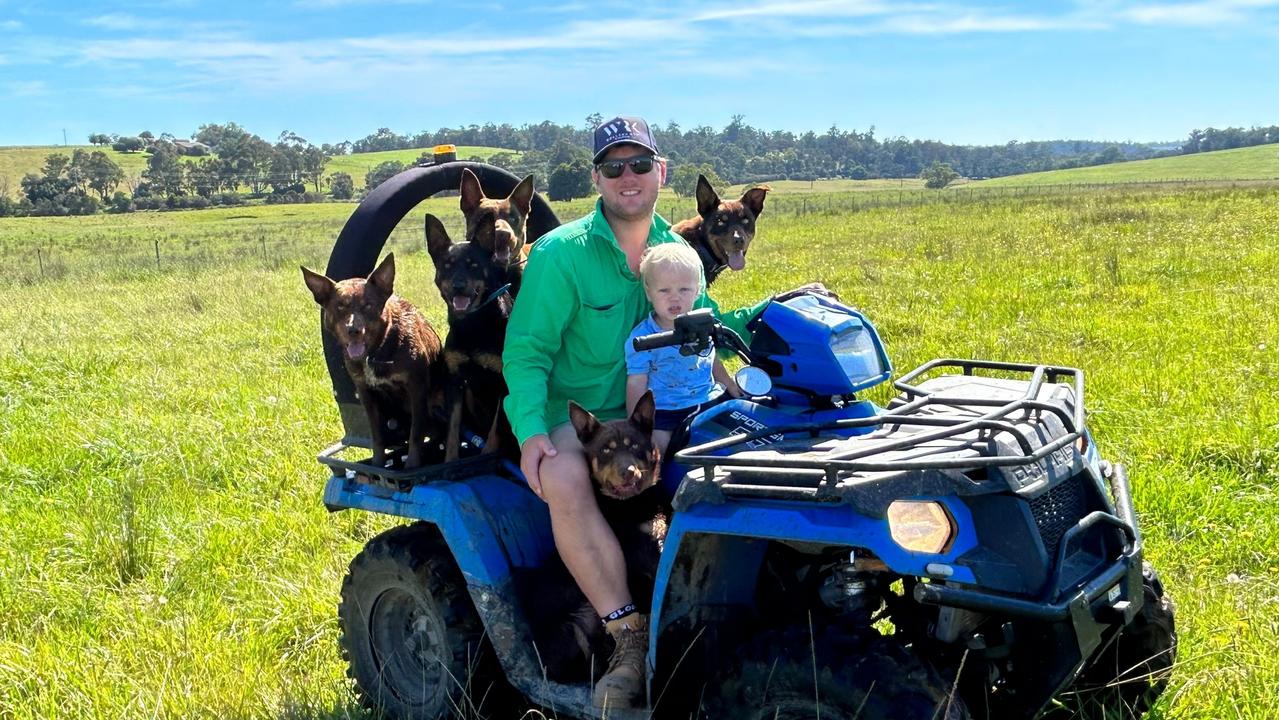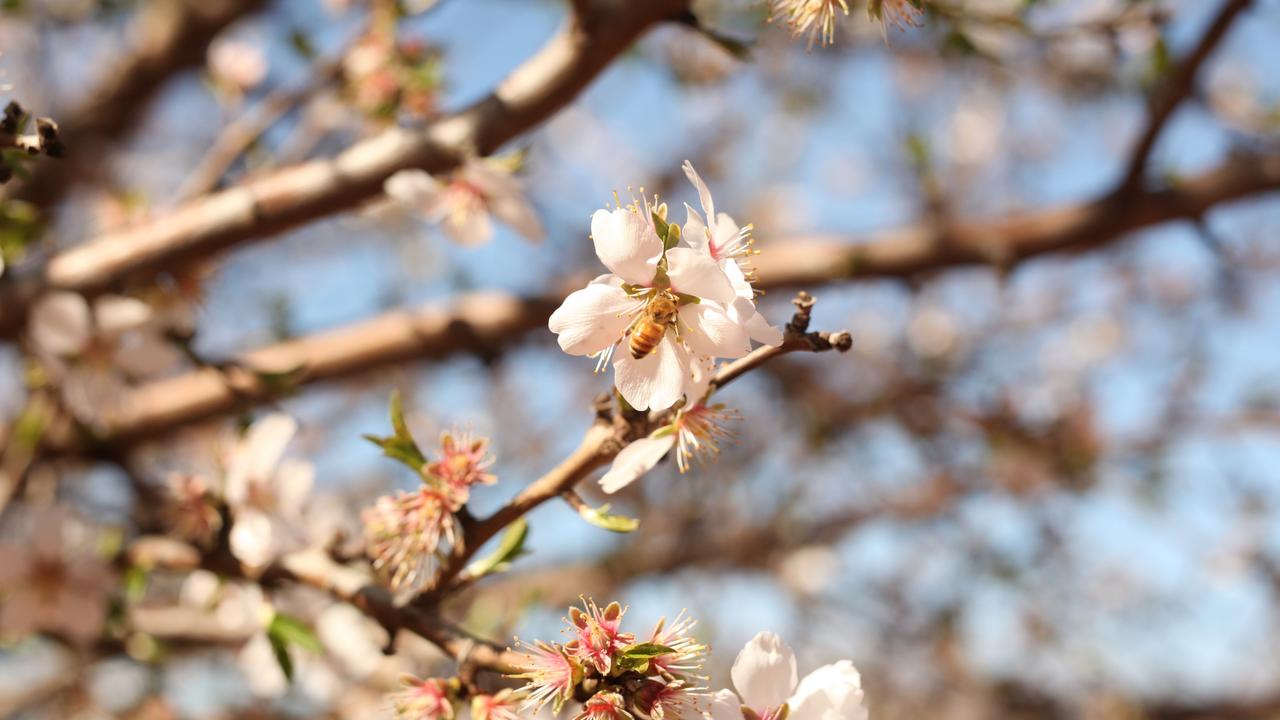Dalgety producers build a powerhouse flock in tough conditions
The concept of just adding $5 in value to each sheep has helped Snowy Monaro couple Jack and Christie Glasson shape a powerhouse flock.

Adding just $5 in value to each sheep can result in measurable gains – and for Jack and Christie Glasson of Jimenbuen Pastoral Company at Dalgety, NSW, this concept has helped shape a powerhouse flock.
By analysing the economics of sheep and lamb production, the Snowy Monaro couple has sharpened their focus on profit-driving genetics, adapting to the fluctuations of wool and meat markets, and achieving success in an industry they’re passionate about.
Jack recalled first hearing the idea that adding $5 to a sheep could yield significant gains from longtime Jimenbuen flock classer Craig Wilson.
“When you look at it that way, you can break down the improvements into something more manageable,” Jack said.
Data from the recent Australian Merino Production Trial, assessed over a five-year average for both wool and meat, showed the Jimenbuen team of wethers had an average sheep value of $192.79.
This value was $4.11 higher than the next flock, securing Jimenbuen’s position as the leading team in overall value.
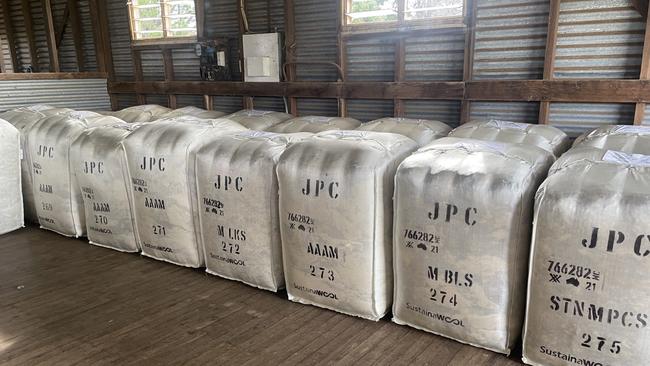
MEASURABLE GAINS
The wethers entered into the trial had a 16.7-micron fleece and yielded 6.6 kilograms of wool for a clean weight of 4kg. The average body weight of the team was 63.7kg, with an average meat value of $108.30 and a wool value of $84.49.
The results demonstrated that excellent fleece performance and high meat values could go hand in glove and not spell the detriment of the other.
Major improvements in their flock have stemmed from embracing an artificial insemination program.
The program has created an “in-house” stud breeding program, and the decisions about measurement and data have paid off commercially.
Jack is a fourth generation farmer at Jimenbuen, and after going through a family succession program 10-15 years ago and shifting out of beef cattle and focusing more on sheep, there has been an opportunity to make incremental gains.
On their 4250ha property they join 5500 to 6000 Merino ewes each year. Of that portion, 1200 classed out ewes are joined to Poll Dorset rams to produce first-cross progeny.
They have what Jack describes as a small commercial Poll Dorset stud with 150 to 160 ewes.
“We breed rams that go over the Merinos,” he said.
To constantly improve the genetic nucleus and achieve the flock goals of low micron, while sustaining fleece and body weight they AI Merino ewes as well.
“When we first started, the frame size of the flock was not where we wanted it, and there were other deficits, we were able to improve these by sourcing genetics through AI,” Jack said.
While it was hard to measure Jack said the improvements came quite quickly.
The breeding program came down to a choice where they could go out and purchase stud rams in the upper end of the price range at on-property sales. Or they could breed their own.
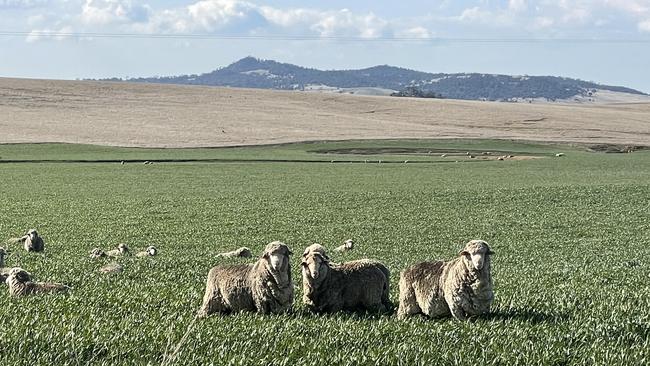
DATA-DRIVEN APPROACH
The benchmarking data from the wether trial was also used as a yardstick to determine what could be done to make each animal more profitable.
“We first started entering wether trials in 2009 and we have results from those trials onwards,” Jack said.
“We have made improvements and I don’t think we would have got to where we are now without that information to go on,” he said.
The most recent trial wethers had a micron of 16.7 but the aim for the flock is to range from 17 to 17.2 micron.
“We want to do this while still cutting as much wool as we can,” Jack said.
“From 2009 we made our focus on making the sheep a true all-round animal,” he said.
Within the commercial flock the sheep are cutting around 4kg to 5kg of wool (clean) and the aim is to keep the micron where it is, without reducing further, to maintain fleece weight.
“There has also been a lot of hope, and a bit of luck that comes in producing the animals we are after,” he said.
To sustain the flock and assist in carrying capacity they sow 400ha a year of pasture and grazing crops.
“Lately we seem to have a lack of moisture, or perhaps moisture at the wrong time of the year,” he said.

The pasture crops are run on a five to seven year rotation with the aim of getting back into improved pastures and using grazing crops such as wheat and triticale, with canola as a break in the middle, as fodder in the winter.
The Dalgety property receives 610mm of average annual rainfall and there have been times when wet weather has come at a detriment.
“The rain hasn’t really affected us in terms of wool quality, that has not been a major concern, but there were years when we lost fences because it was so wet and that was challenging,” he said.
The wethers are shorn in October and then the main shearing is in January and February.
“That helps to get the seed out of the lambs and is good for management, we normally try to beat February storms by shearing early,” he said.
Crutching is in July before lambing, which starts in the second week of August.
Last year a lambing percentage of 105 to 106 per cent was achieved at marking, and the figure has been up to 110 per cent.
The ewes are pregnancy scanned in June and those carrying singles, twins or triplets are drafted accordingly.
Dry ewes are sold if they are not in lamb in the second year, with the philosophy that they all get two chances.
By collecting data, and keeping records the commercial flock has benefited from the genetic improvements of AI.
“We have a lot of information from all of the ewes, and we normally mid-side sample and fleece weigh the ewe hoggets every year,” he said.
“We have been mid-side sampling for 20 years and we have all of that information.”
Data collection has been backed up by the use of Electronic Identification and EID tags.
EID tags were introduced 14 years ago and all of the information is correlated back to a database.
“We are trying to produce something that is economically strong,” he said.
Jack said he was pleased with the decision to focus on sheep and wool and said there was an element of “nervousness” about going back into cattle again.
“The decision to go out of cattle allowed us to improve pastures and spell paddocks and do cropping rotations,” he said.
Despite the focus on the sheep enterprise there were some steers that were run as a small herd last year.

TACKLING CHALLENGES
While the data approach is paying dividends at Jimenbuen the operation hasn’t been without its challenges.
Jack said he was fortunate to have a great team of shearers, but sourcing shearers could be difficult.
To sell surplus sheep they use AuctionsPlus and the wethers are sold at 2½ years.
“Sometimes we will sell through Wagga Wagga (Livestock Marketing Centre),” he said.
And fortunately the older ewes have proven to have a market from some repeat buyers who request the females once they are over five years.
“The prime lambs are sold at 25kg to 30kg carcass weight on AuctionsPlus,” he said.
“This is something we really can’t set the price for and we can get anything from $200 down to $65 depending on the market,” he said.
When considering taking the leap in entering wether trials back in the early days Jack said there was certainly that feeling of nervousness or concern about where things were at.
“With the trials I think you can get nervous, but it is a way of getting information back and saying this is where we need to improve,” he said.
“We always take it as a learning tool and it is a good way to see how your sheep perform against different bloodlines.”
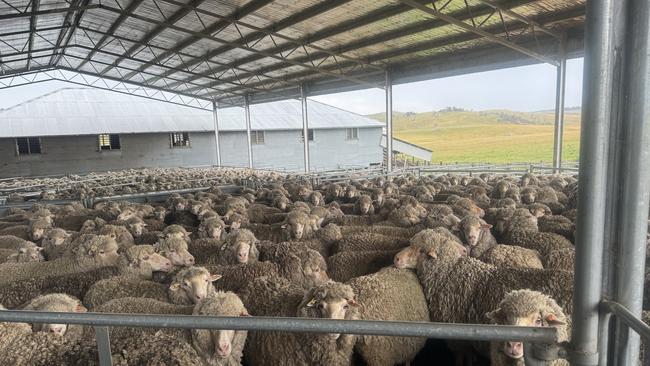
After making improvements through genetics and AI and having a nucleus of elite females to breed rams from Jack said the concept of establishing a stud had certainly crossed his mind but it wasn’t something he would take on at the moment.
“We have a few clients who buy surplus rams if they need them, and they go for peanuts, but it is not my goal at the moment to establish a stud,” he said.
Breeding superb sheep isn’t without challenges and for Dalgety the weather remains the most difficult variable.
“We get some incredibly cold periods from August to September when we lamb however we like to wean our lambs onto the best feed possible,” he said.
Wild dogs have also wreaked havoc and Jack and Christie have put up 32km of exclusion fence to take the pressure off.
The fencing also helped to alleviate the amount of kangaroos that were grazing on the property too.
And fox numbers had also reduced.
The property is undulating terrain with a granite base.
The operation is run by Jack and Christie with the support of a full time worker and contracting, crutching and scanning is done by contractors.



